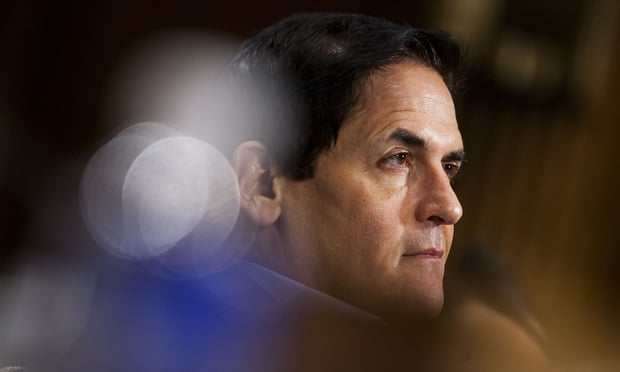Feb. 5 (Bloomberg) — When General Motors announced in December that Mary Barra would become its first female chief executive officer, few people expected anything other than good publicity for the company. Yet shortly after President Obama recognized the milestone during his State of the Union address last week, the positive press turned sour: within days, outlets spanning the political spectrum from Think Progress to Fox Business were questioning the apparent discrepancy between Barra's pay ($4.4 million) and that of her male predecessor, Dan Akerson ($9 million).
In response, the company has now issued a statement saying arguing that "discussion of pay inequality between Barra and her predecessor is premature and flawed," adding that she might get extra long-term compensation after the company's annual meeting. But it also put forward an implication that seems likely to accelerate the controversy: it cited Akerson's simultaneous service as chairman of the board and his "previous experience" in the statement's clarification of his earnings. Considering that Barra has worked at GM for more than 30 years and Akerson had no auto industry experience before becoming CEO, it's not immediately obvious what "previous experience" the PR people are talking about.
 The answer lies in that other point GM's statement makes: that Barra serves solely as CEO. In fact, the downsizing of her position goes further than that — in addition to having to answer to self-described "activist chairman," Tim Solso, Barra also shares responsibilities with former chief financial officer Tim Ammann, who has been given the newly resurrected position of president. Objectively, Barra's job carries far less responsibility than Akerson's. So is that justification for lower pay, or just more evidence that GM's male-dominated executive corps has paternalistically elevated Barra as a token female figurehead?
The answer lies in that other point GM's statement makes: that Barra serves solely as CEO. In fact, the downsizing of her position goes further than that — in addition to having to answer to self-described "activist chairman," Tim Solso, Barra also shares responsibilities with former chief financial officer Tim Ammann, who has been given the newly resurrected position of president. Objectively, Barra's job carries far less responsibility than Akerson's. So is that justification for lower pay, or just more evidence that GM's male-dominated executive corps has paternalistically elevated Barra as a token female figurehead?
Recommended For You
Being well-versed in neither human resources practice nor gender studies theory, I'll leave the analysis of possible sexism to others. But having followed GM for some time, I see in this story traces of another fundamentally imbalanced power relationship that has long colored GM's history: what former vice chairman Bob Lutz termed "Car Guys vs. Bean Counters." Given this history, you have to consider another likely factor in Barra's role and pay: her total lack of finance experience.
This is clearly what GM means in referring to Akerson's superior "previous experience" relative to Barra, who has worked on the car side of the business her entire career, except for a brief stint at human resources. Akerson had previously run the Carlyle Group's largest private equity fund. The fact that Akerson had free reign at GM, while Barra is having her hand held, indicates the extent to which the Bean Counters have won the war for GM's soul, regardless of whether her sex also plays a role.
As for the compensation issue, Akerson regularly referred to his work at GM as "national service," despite reports that Treasury rejected his request to remove GM's pay restrictions and a controversy over the amounts of his salary requests. Underpaid by the lucrative standards of private equity and the only-slightly-less-lucrative standard of fellow auto CEOs, Akerson knew exactly what he was missing. For her sins of focusing on the car-making side of the business, Barra finds herself in the care of an ambitious Bean Counter babysitter in Ammann and having her renumeration pegged to a predecessor who chafed under government pay limits. Not exactly the heartwarming story of a woman fully taking charge at GM.
The problematic optics of the situation were not unforseeable. In announcing her promotion, Akersonsaid while GM might get some benefit from promoting a woman, "that's not why she was chosen. She was chosen for her qualifications." But his sincerity is put in question by the decision to divide his job responsibilities rather than pass them all off to her.
Clearly, there are lessons to be learned here about the use of identity politics in corporate public relations, as well as GM's tenuous position in the eyes of the American public after the Treasury's $10 billion loss on its bailout. But ultimately it's now up to Barra, the public face of the company, to calm the political winds that have battered GM since 2009. If she's successful, she'll have done far better than Akerson or his predecessor, Ed Whitacre, and should be well-rewarded for it. But until then, let's have less talk about her pay and more about her plans.
© 2025 ALM Global, LLC, All Rights Reserved. Request academic re-use from www.copyright.com. All other uses, submit a request to [email protected]. For more information visit Asset & Logo Licensing.







